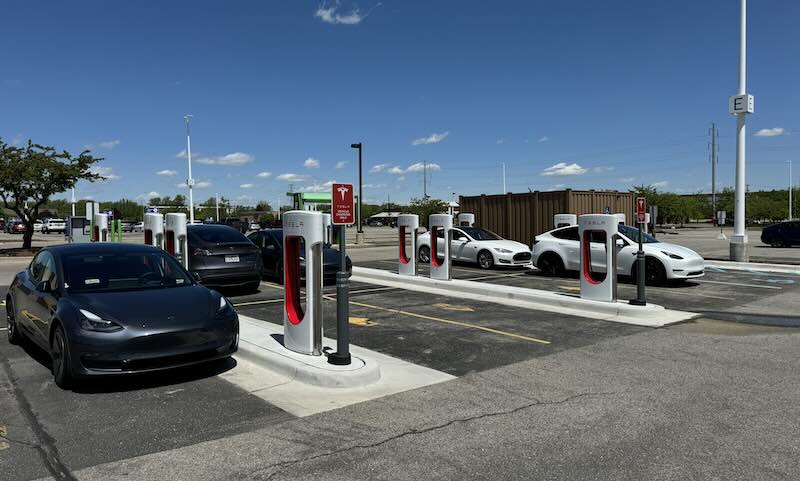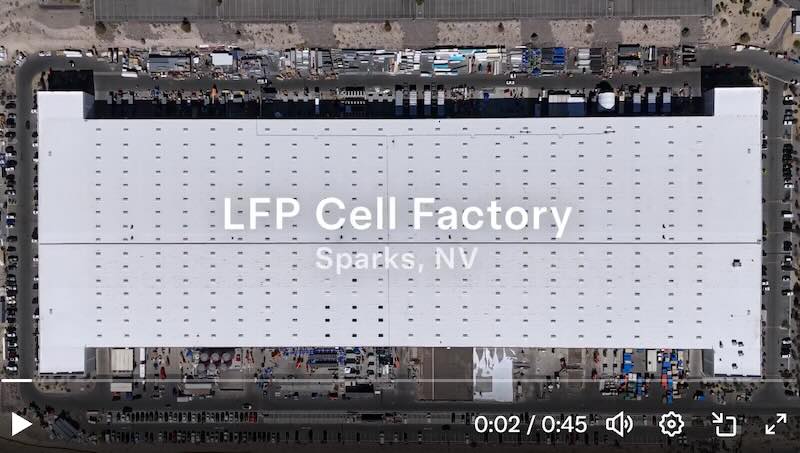The U.S. House has officially passed Trump’s “Big Beautiful Bill,” marking a seismic shift in America’s electric vehicle and renewable energy landscape. Legislation, which Trump is expected to sign into law within days, eliminates the $7,500 federal EV credit by September 30, 2025, alongside sweeping cuts to clean energy incentives that have supported the transition to sustainable transportation and power generation for over two decades.
Legislative package represents the most significant rollback of green energy policies in recent memory, affecting everything from residential solar installations to commercial fleet electrification. Timing couldn’t be more critical for automakers and consumers who’ve built business models and purchasing decisions around these federal incentives.
Trump’s Big Beautiful Bill terminates multiple EV-related tax credits that have driven adoption across consumer and commercial markets. $7,500 credit for new electric vehicles will disappear on September 30, 2025, while the $4,000 used EV credit faces the same deadline. Commercial buyers will lose their $7,500 credit for electric fleets, fundamentally altering the economics of business electrification strategies.

Tesla Supercharger sites
Legislation’s impact extends beyond direct purchase incentives. Alternative Fuel Vehicle Refueling Property Credit, which supports charging infrastructure development, expires on June 30, 2026. Timeline creates a compressed window for businesses and property owners to capitalize on installation incentives before they vanish entirely.
Industry analysts predict Tesla will experience unprecedented demand in Q3 2025 as consumers rush to secure the federal credit before its expiration. Artificial demand spike could strain production capacity while creating a cliff-edge effect in Q4 when incentives disappear. Other automakers face similar challenges, particularly those heavily invested in EV transitions.
The legislation notably omits any mention of annual EV fees, dispelling concerns about additional ownership costs that some states have considered implementing. However, the absence of purchase incentives may still slow adoption rates across the industry.
While Trump’s Big Beautiful Bill eliminates consumer incentives, it preserves battery manufacturing credits under the 45X program. Tesla’s Nevada LFP battery facility can still claim $35 per kilowatt-hour for battery cells plus $10 per kilowatt-hour for modules, provided it meets increasingly stringent domestic content requirements.

Tesla Nevada LFP Battery Factory Nears Completion
The domestic content thresholds escalate from 60% in 2026 to 85% by 2030, creating challenges for manufacturers using foreign equipment or components. Tesla’s partnership with Panasonic at Giga Nevada should continue qualifying for credits, while the company’s Texas operations face similar compliance requirements.
Legislation imposes new restrictions on Chinese components across multiple clean energy sectors. For battery manufacturing, companies must demonstrate domestic content compliance while avoiding “foreign entities of concern” in their supply chains. Requirement could force manufacturers to restructure supplier relationships and potentially increase production costs.
LG Energy, Envision AESC, and Tesla currently represent the only U.S. LFP cell manufacturers, but their combined capacity remains insufficient to meet domestic demand. Supply constraint could create bottlenecks for companies seeking to qualify for manufacturing credits while maintaining Chinese component restrictions.
Trump’s Big Beautiful Bill doesn’t directly eliminate Zero-Emission Vehicle credits, but it effectively destroys the market conditions that create demand for these instruments. Legislation eliminates penalties for automakers failing to meet federal CAFE standards, removing a primary driver of ZEV credit purchases.
Simultaneously, Congress has revoked EPA waivers that allowed California and 17 other states to enforce stricter emissions rules, including ZEV mandates. Without these waivers, states lose the legal authority to require automakers to meet ZEV sales targets or purchase compliance credits.
Tesla has generated billions in revenue from ZEV credit sales, but this income stream faces severe disruption in the U.S. market. Tesla can still earn credits in international markets, particularly Europe, but domestic credit demand will likely collapse unless courts overturn the waiver revocations in pending legal challenges.
ZEV credit collapse could force Tesla to adjust pricing strategies and profit margins, particularly for vehicles that relied on credit sales to maintain competitiveness. Other EV manufacturers with credit programs face similar revenue pressures.
Beyond transportation, Trump’s Big Beautiful Bill dismantles renewable energy incentives that have supported sector growth for decades. 30% tax credit for residential solar installations terminates on December 31, 2025, while clean electricity production credits for wind and solar projects phase down after 2027.
Home energy efficiency improvements lose tax credit support after December 31, 2025, affecting heat pump installations, insulation upgrades, and other efficiency measures. Residential clean energy credit, which covers geothermal systems and other renewable technologies, faces the same deadline.
Legislation eliminates clean electricity investment and production tax credits that have existed since 1992 and 2005, respectively. Solar and wind farms entering service after 2027 lose credit eligibility, creating a rush to complete projects before the deadline.
Nuclear, geothermal, and battery storage projects receive extended timelines, but they still face restrictions on Chinese components. Advanced manufacturing production credit for wind power components terminates after 2027, while facilities using Chinese equipment lose qualification entirely.
Trump’s Big Beautiful Bill introduces a new deduction for car loan interest on American-made vehicles from 2025 through 2028. Taxpayers can deduct up to $10k annually in interest payments, provided the vehicle meets domestic assembly requirements and weight restrictions under 14,000 pounds.
The deduction phases out for single taxpayers earning over $100k and joint filers above $200k, targeting middle-income consumers. Eligible vehicles must have original use beginning with the taxpayer and include cars, minivans, SUVs, pickups, motorcycles, and vans with final assembly in the United States.
This provision could partially offset the loss of EV credits for domestic manufacturers, though the benefit applies to all vehicle types rather than specifically supporting electric adoption. Timing coincides with many automakers’ plans to increase domestic production capacity.
Staggered implementation of Trump’s Big Beautiful Bill creates multiple transition periods that companies must navigate carefully. EV credits end September 30, 2025, while renewable energy incentives terminate between December 31, 2025, and June 30, 2026, depending on the specific program.
Manufacturing credits continue with enhanced domestic content requirements, forcing supply chain adjustments over the next several years. Companies must balance compliance costs against potential credit values while managing the uncertainty of future policy changes.
Legislation’s impact will unfold gradually, but the direction is clear: federal support for clean energy transitions is ending. Whether market forces and state policies can sustain momentum without federal backing remains an open question that will define the next chapter of America’s energy transformation.
When Trump’s Big Beautiful Bill becomes law, it won’t just change policy—it’ll reshape entire industries that have built their futures around government incentives. Bill’s beautiful simplicity in eliminating programs may prove ugly in its economic consequences.
Related Post
Tesla Q2 2025 Deliveries: 384,122 Vehicles Beat Analyst Expectations, Production was 410,244
Tesla Shakes Up Management: Elon Musk Takes Control of EU/US Sales, Tom Zhu Leads Manufacturing
.png)



